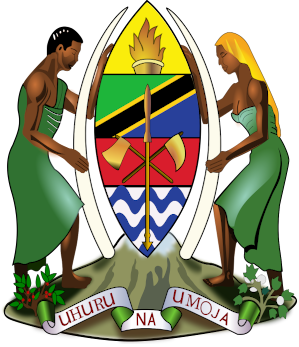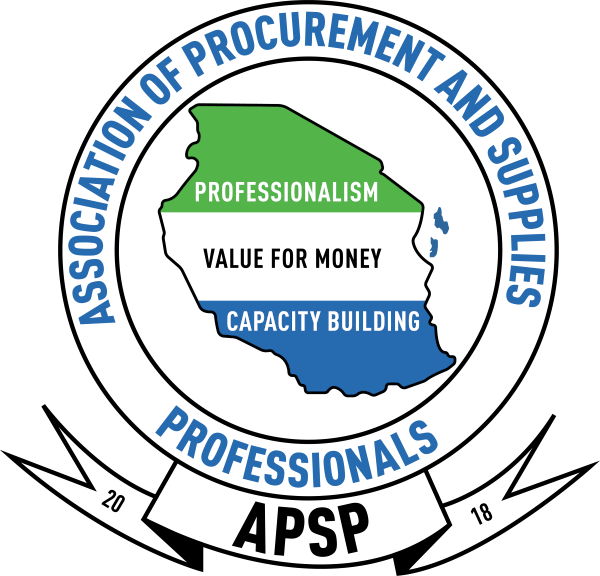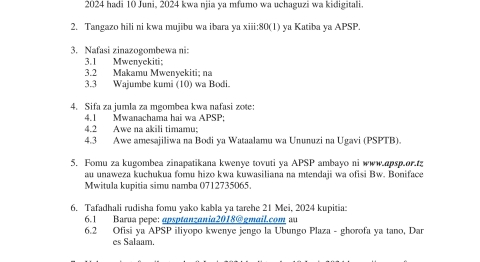
The practice of sourcing materials, labor and expertise for the large-scale production of value-added goods stretches back through recorded history, leaving no doubt as to the importance of procurement and supply chain to the development of complex societies. Beginning with the ancient Greek, Roman, Chinese and Mesopotamian civilizations, leading up to the Middle Ages, the Industrial Revolution and finally to the global supply chain of the late twentieth century, the principles and practices of procurement as we know them have long been intertwined with, and essential to, the expansion of human societies.
Today, at the dawn of the information age, we are often surprised to learn that many of the procurement and purchasing best practices that are considered cutting edge today were in fact developed thousands of years ago. From the crafting of contracts and legal obligations, to the certification of contractors and the development of material quality standards, nearly every aspect of procurement as we know it today has its roots in the public projects and commercial enterprises of societies that existed centuries before our own.
By taking a trip back through time and revisiting the empires, monarchies and first corporations to set about acquiring what they did not already possess, we can learn much about how procurement came to become the lifeblood of the modern global economy.
Ancient Greece and China
Around 3000 years ago, the country that we today call Greece was home to hundreds of independent city-states. According to historians, the political independence of these towns and cities was relatively unique at the time; many speculate that the fragmented nature of ancient Greece led directly to the population’s reliance on trade to acquire goods. There is evidence that trade relations had already been established between the Greek city-states and China by this time.
About the same time, peoples in Mesopotamia were discovering production methods and new tools that would revolutionize the way human beings interacted with the world: the wheel, molten bronze to cast weapons and tools, and glass were all developed during the Sumerian period.
The creation of these technological wonders has intrigued modern-day scholars who study ancient societies. This is because metals would have to have been imported to southern Mesopotamia to achieve the technology that these ancient craftspeople did, indicating that, at the very least, rudimentary trading networks existed at the time to allow for the necessary materials to make their way to the ancient sites where these artifacts were discovered. Many of these ancient trade routes still exist today in one form or another, and the work done to establish the efficient movement of goods is still paying off for modern-day sourcing initiatives.
Rome, Contracts and Risk Management
In 215 BC, during an invasion of the area that is now Spain, legions of Roman soldiers found themselves in desperate need of supplies. Back in Rome, the Senate was forced to “outsource” the rescue of these soldiers by negotiating contracts with merchant ships to sail to the region and provide the much-needed relief. The merchants ensured that the services they agreed to provide encompassed only the delivery of goods; the merchant crews were not to engage in any battles, and the ship owners also demanded that the Senate provided insurance, so that if the vessels were damaged by war or even weather, the merchant owners would be compensated.
This marks one of the first instances of outsourcing and liability insurance in recorded history, and as such is an important milestone in the history of procurement!
The design and scope of different types of contracts were also developed by Romans. They were:
- Verbal contracts
- Literal contracts
- Real contracts
- Consensual contracts
While a verbal contract is defined as a verbal agreement between two parties, and a “Literal” contract refers to a written agreement, the Real contract is where concepts of duty and obligation entered into the realm of legal commitment. Real contracts could be so broad in scope that they required a new form of agreement, one that went beyond defining the parameters of a simple task or exchange: they covered long-term agreements and service obligations that required the entering parties to somehow quantify the concepts of good faith, trust and obligation.
Consensual contracts also included sub-categories that covered legal relationships such as agency, partnerships, simple sales, and the hiring of individuals for specific work terms or projects.
These categories of contracts are still widely referenced today. Even as early as 2000 years ago, purchasing professionals needed to “wear many hats” when juggling a diversity of responsibilities. Today, procurement initiatives may be on behalf of a business instead of an army, but considering the legality of a contract negotiation when sourcing from any organization is still essential.
Ongoing History
The history of procurement is a fascinating journey, one that we have just barely begun to explore in this article. In Part Two of this continued history, we will examine how procurement and supply chain theory came of age during the Industrial Revolution, and how the United States, the empires of France and Britain and pioneering corporations including the Hudson’s Bay Company further delved into the minutiae of contract management and supply chain operations at a time when much of the world remained economically and politically isolated.



